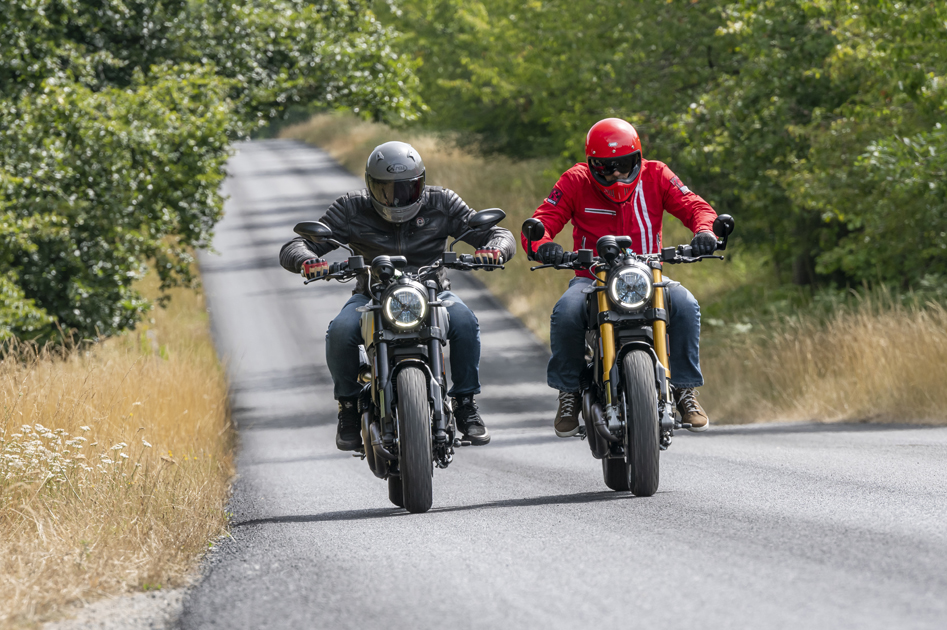
Whilst tantalising superbike fans with the mighty Streetfighter V4 and Panigale V4R, Ducati hasn’t forgotten the cooler side of motorcycling. We can testify to that, after having ridden the new 2020 Scrambler 1100 line-up in the French countryside, near Paris.
History has repeated itself many times before. After the genius 900 Monstro back in the early nineties, you could say that the Scrambler certainly saved Ducati again in the mid-2010s. Steeped in the retro-style trend, the engineers in Borgo Panigale (well, mostly the marketers) revived the 60s Ducati Scrambler.
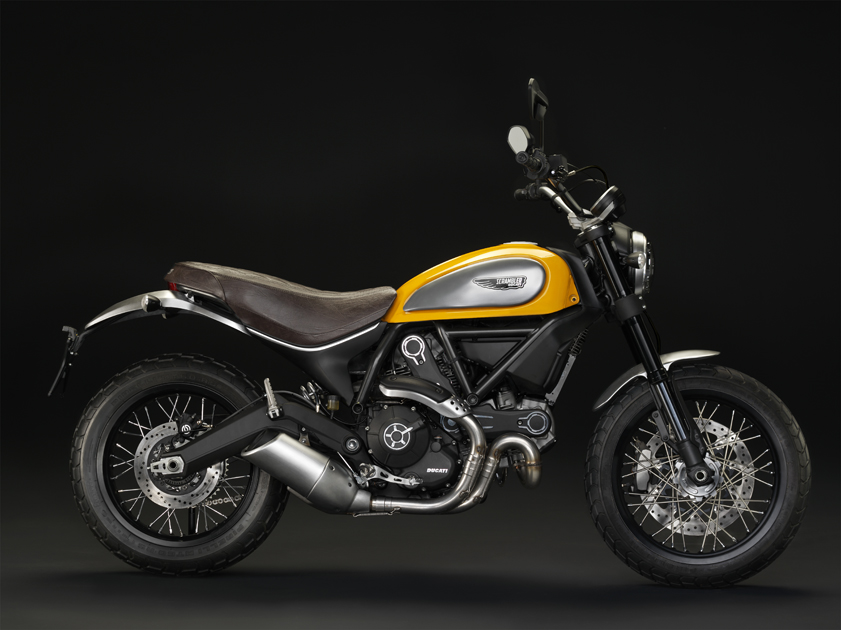
They managed to keep the styling fresh and inspiring, and moved away from the classic thumper motor, to the very-well known and dependable air-cooled 800 cc L-twin. The new Ducati Scrambler was an instant success, with more than 15,000 sales for the first year only.
In 2018, with more than 46,000 Scrambler 800s sold, Ducati extended the range with the Scrambler 1100, available then in three different versions. For 2020, as Euro 5 compliance becomes mandatory, Ducati has revamped the Scrambler 1100 range, now with only two models: the Pro and Sport Pro. We had the chance to ride both of them.
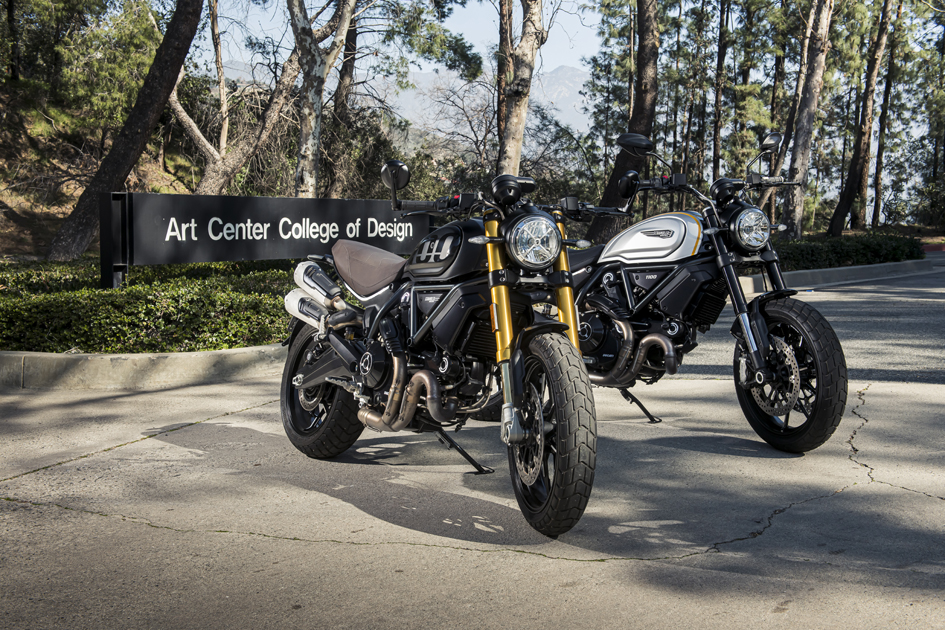
Silver or black?
That’s the big question when it comes to choosing your favourite version of the 2020 Scrambler 1100. Because at a glance, the changes from the previous version are mainly cosmetic.
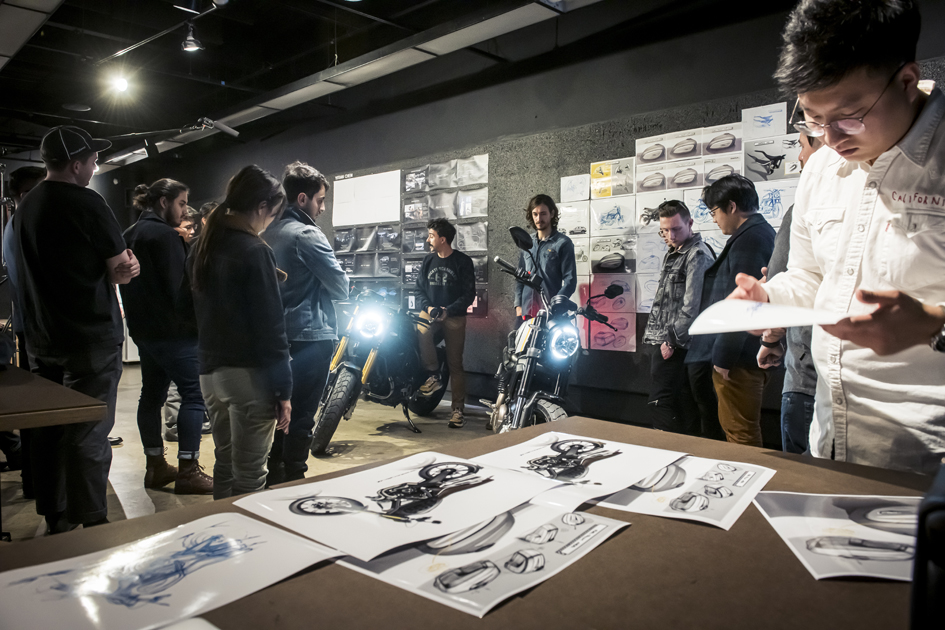
The Pro comes in black and silver with a black seat and, compared to the first generation, now has its double exhaust on the right-hand side. The rear mudguard is shorter, and the license plate bracket sits behind the back wheel, attached to the swing-arm.
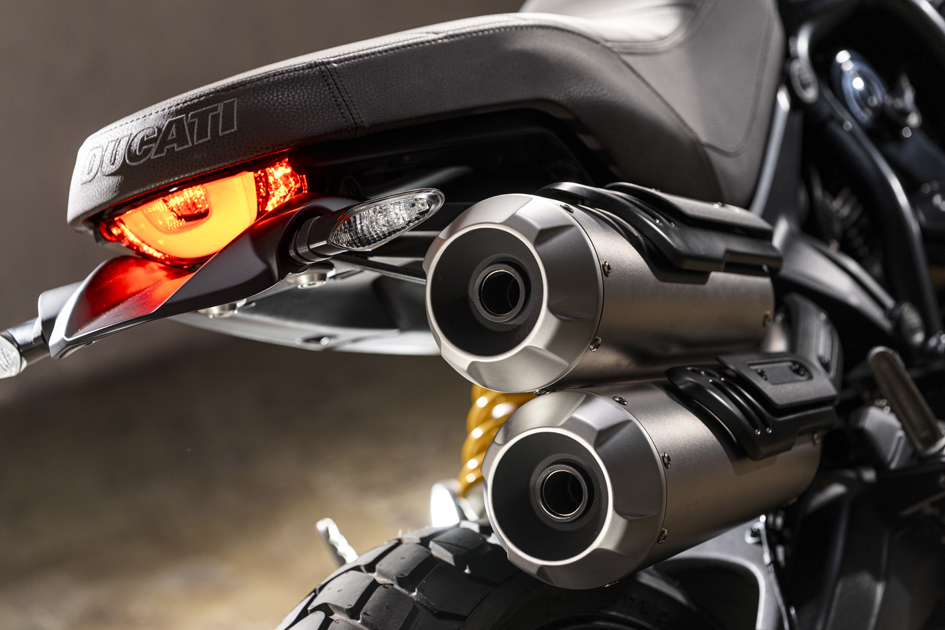
The Pro’s strong point is its laid back riding position, while the Sport Pro comes in a rather more aggressive package. It features Öhlins suspension, with the Swedish brand’s distinct gold forks and yellow rear shock spring. And it comes with lower handlebars and bar-end mirrors, too. (If you’re wondering how good your rear vision is with these, relax; it’s good.)
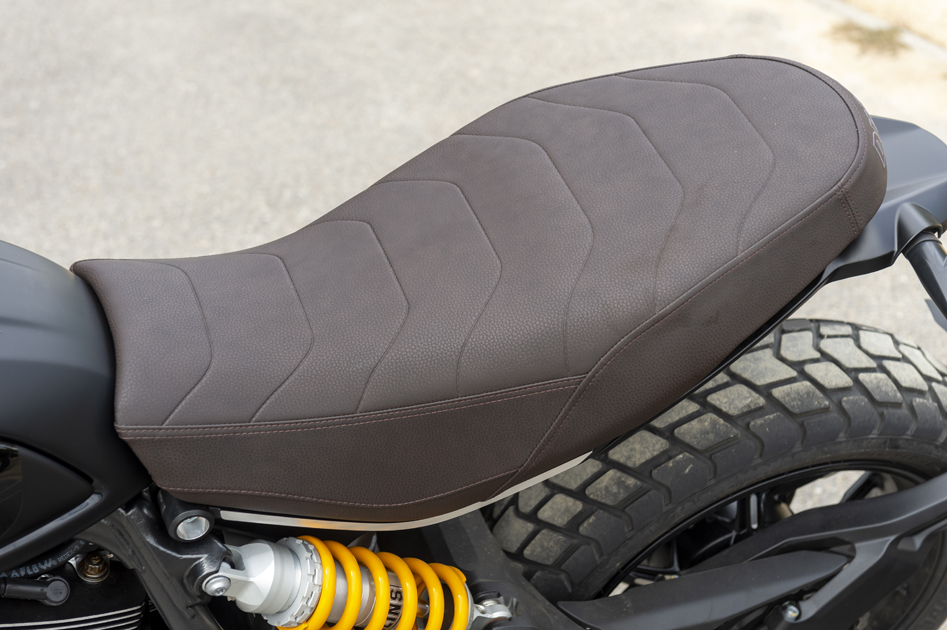
The black paint job looks great, along with the subtle ‘1100’ motif on the tank, but the effect is somewhat disturbed by a rather unsightly fastener in the middle of it.
Specs
Not much has changed in the engine department. The 1,079 cc L-twin is now Euro 5 compliant, but Ducati didn’t say much about how they got that right. They managed to reduce emissions and engine noise, but they also managed to keep the performance intact. The engine still delivers 86 hp at 7,500 rpm and 90.5 Nm at 4,750 rpm, which is slightly lower than competitors, like the BMW R nineT Scrambler, Indian FTR 1200 and even the Triumph Scrambler 1200.
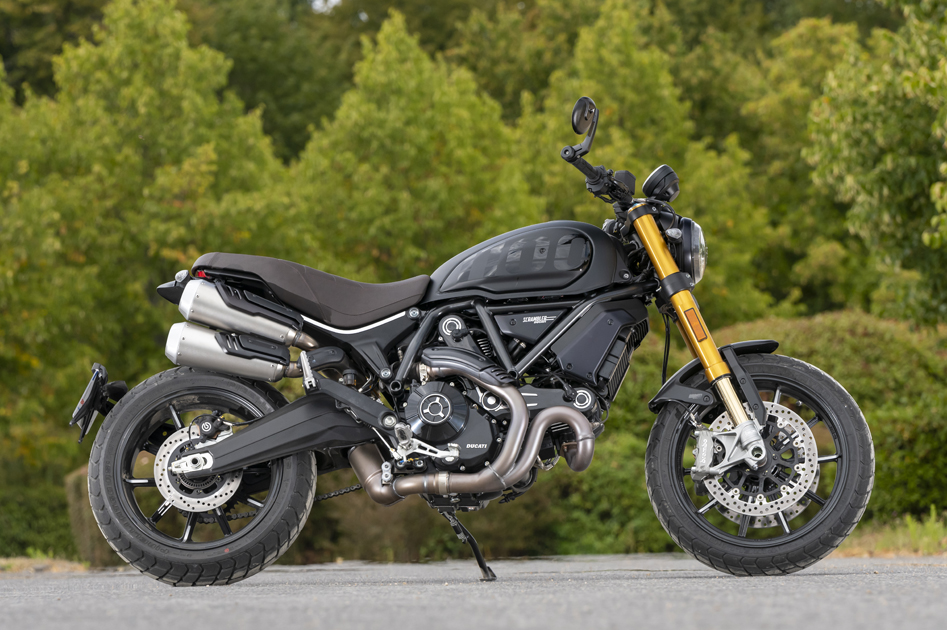
But figures are sometimes meaningless compared to emotions, and in this department, the legendary Borgo Panigale twin has a lot to say. The exhaust note is thrilling, with some occasional backfire when decelerating. It’s a lot of fun.
How does it ride?
Riding both Scrambler 1100s, the biggest differences come down to their handlebars and suspension—but first, we have to recognise how easygoing this bike is. Despite its size, the Scrambler 1100 could be recommended for newborn bikers or beginners. It’s perfectly balanced, not too heavy (189 kg dry), the seat is not too high (810 mm) and the bike is narrow enough for commuting, although the turning circle could be a bit better.
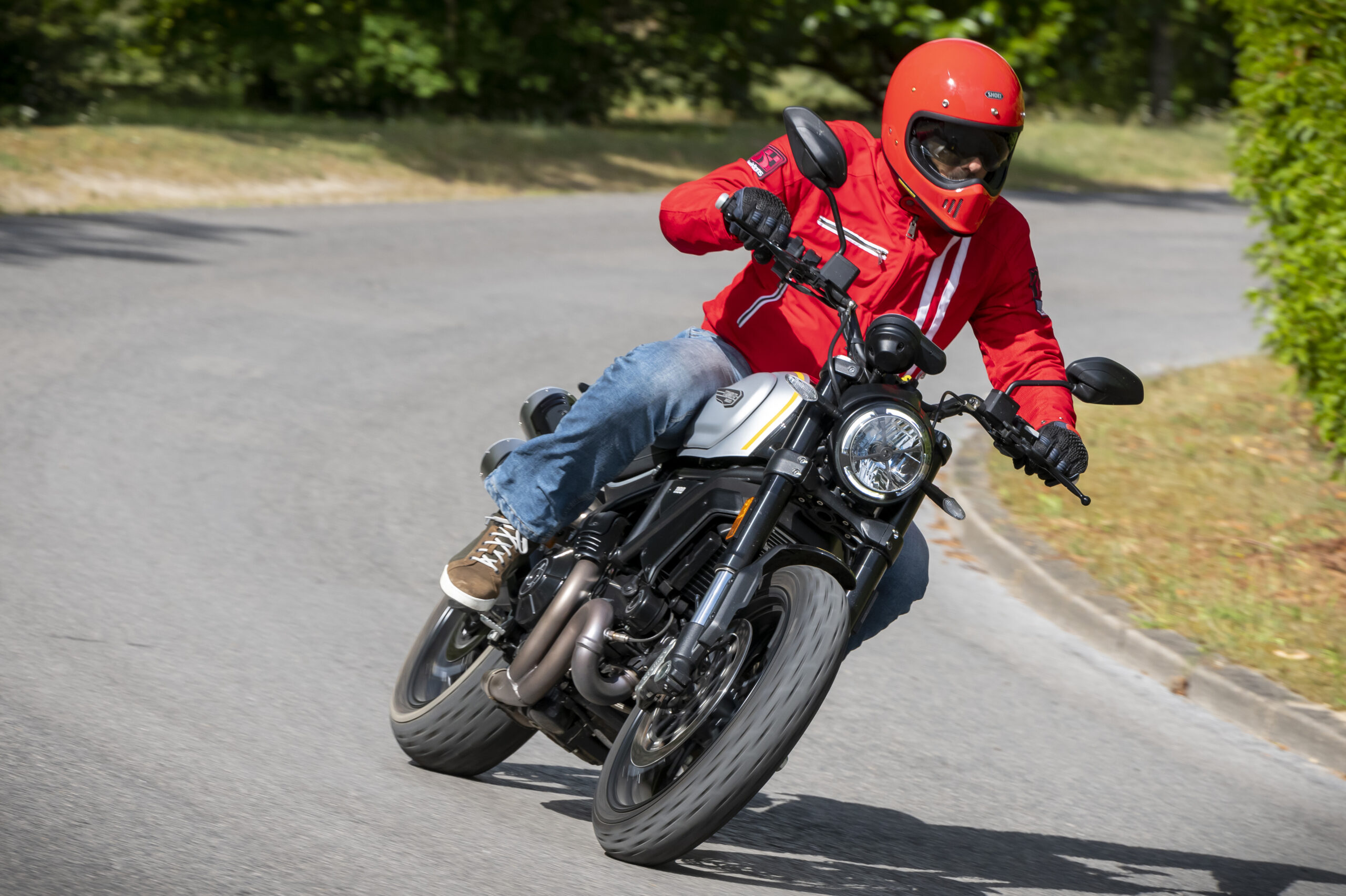
We said that the Pro version offers a more relaxed ride, and that’s a fact. But while the Sport Pro riding position is sportier, it’s not too extreme. Both of them pay great tribute to the sheer essence of motorcycling. They are easy and fun to ride, great as commuters and perfect for breakfast runs, as long as there are more corners than straight lines. I’d be more than happy to take the Scrambler 1100 over the Sabie-Hazyview-Graskop triangle, for instance.
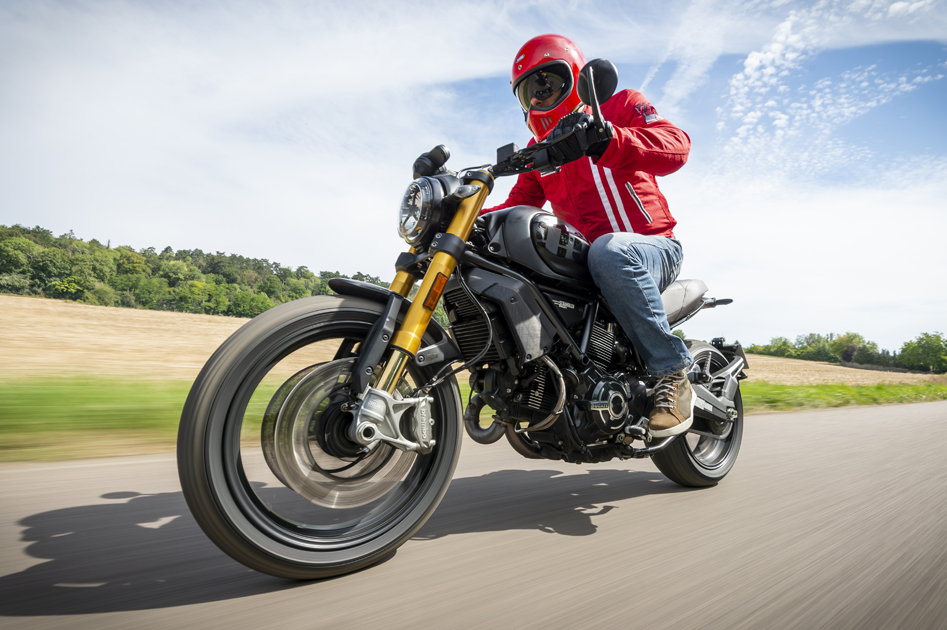
On the open road, the big twin is smooth enough to cruise at around 3000 rpm in top gear, and delivers some enjoyable oomph from 5,000 to 7,500 rpm. This is a bike you are connected with; it’s not a matter of speed or ego, it’s just you enjoying the mechanical parts that make you feel alive.
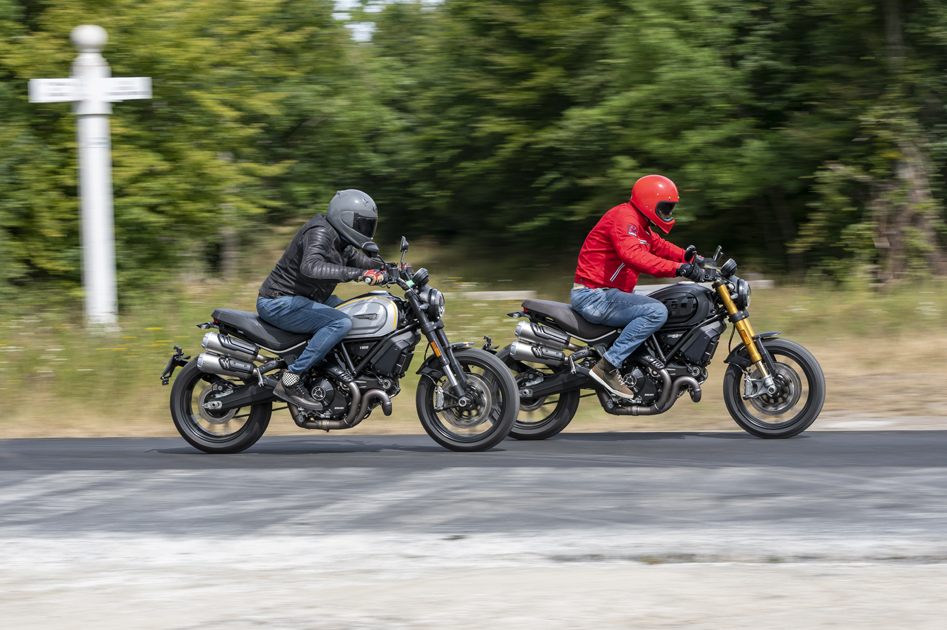
The Pro version relies on a Marzocchi fork and Kayaba rear shock, and to be honest, the feeling is a bit on the firm side. The Sport Pro’s Öhlins suspension is slightly better, but as they’re not top of the range Öhlins parts, the difference is not stratospheric either. And as you’ll probably ride at a reasonable pace on these Scramblers, the Sport Pro does not deliver a substantial enough gap in road holding and cornering speed. In both cases, the Brembo brakes and Pirelli MT 60 RS tyres are good enough at what they do.
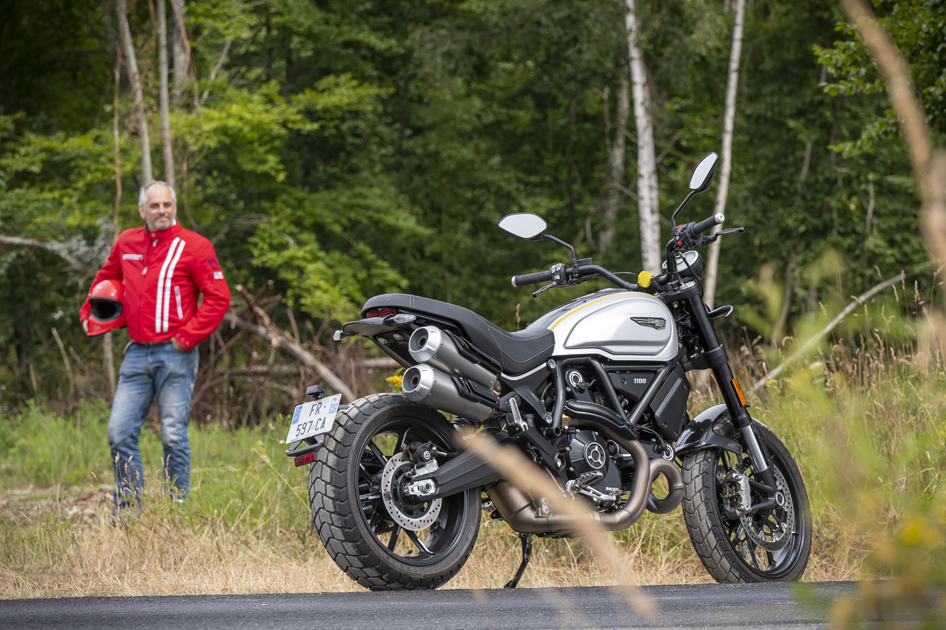
So which one would I pick? The Sport Pro looks great, but the Pro delivers enough for me. Due to the bike’s quiet and relaxed nature, I don’t really need top-class suspension to handle 86 hp, and I’d rather save the extra money to finance some great riding trips.
for more information contact Ducati South Africa.




